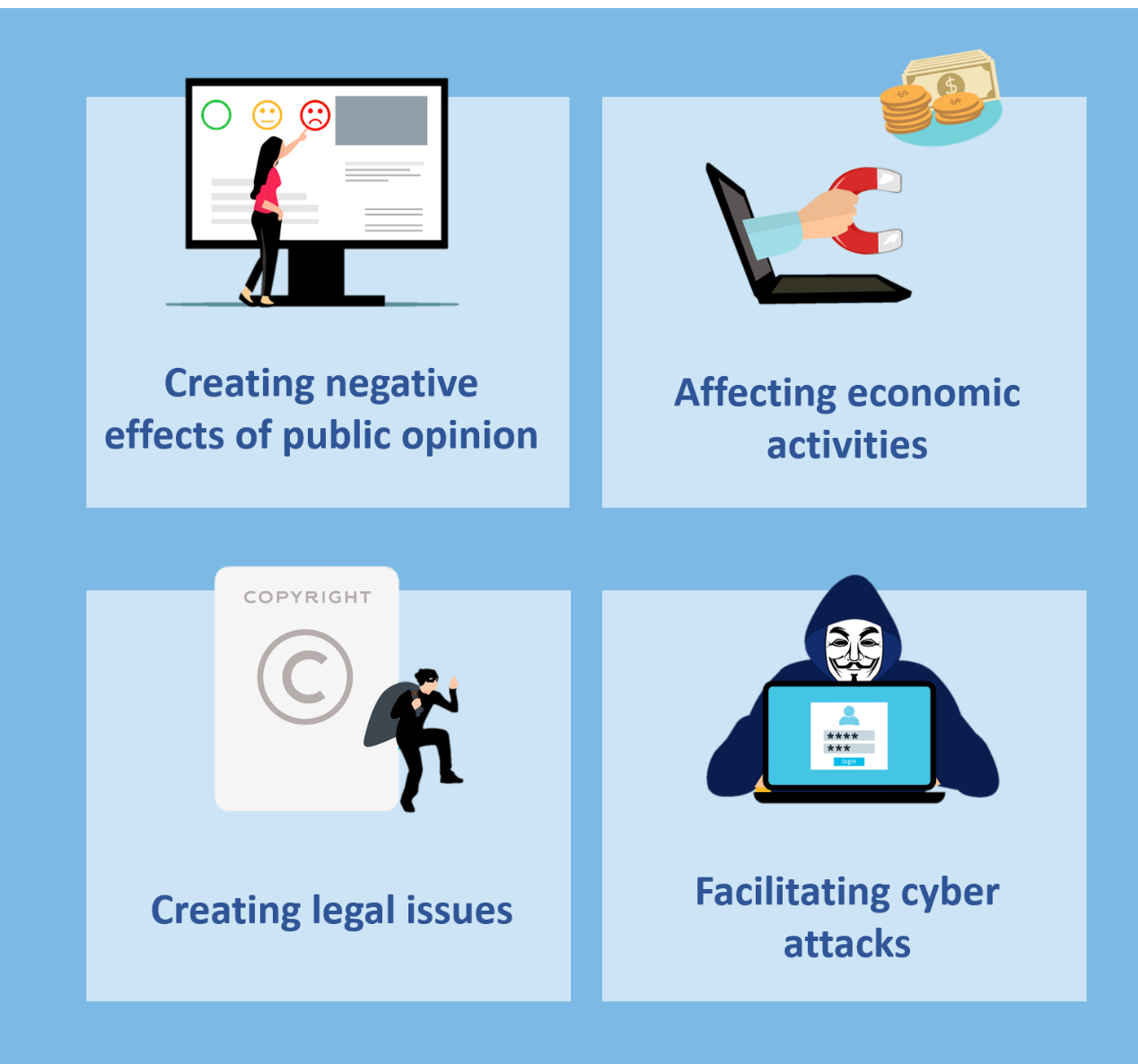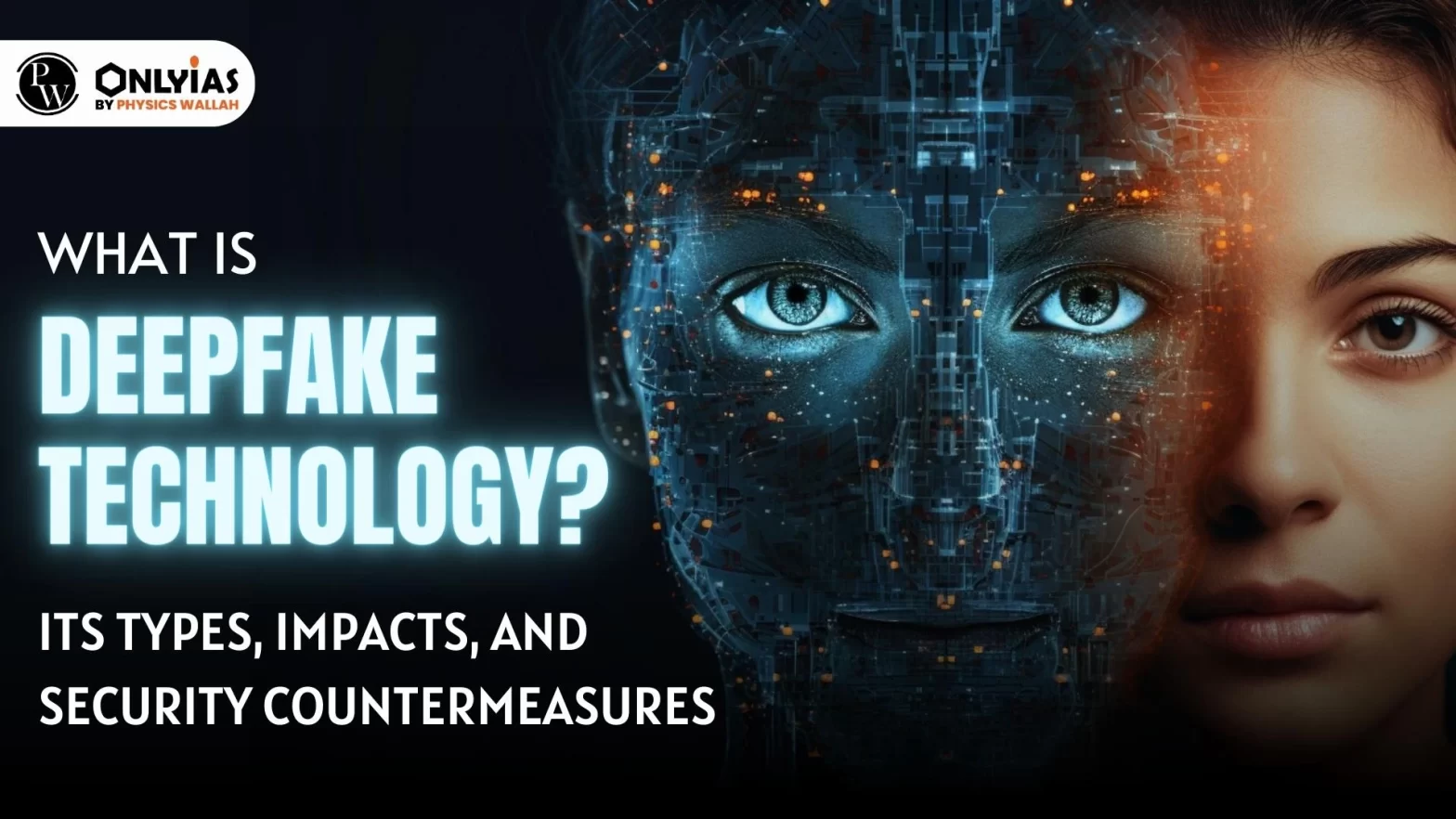Deepfake Risks: Training, PAM, And The AI Threat Landscape [Explained]
In an era where reality itself is increasingly malleable, are we truly prepared for a world saturated with convincing falsehoods? The proliferation of deepfakes poses an unprecedented threat, blurring the lines between fact and fiction and challenging the very foundations of trust.
The alarming rise of deepfake attacks is a significant concern in todays digital age. Research indicates a staggering 30% of IT leaders feel unprepared to tackle these threats, which have proliferated due to the increased availability of AI. The consequences of such cyber threats are vast, ranging from reputational damage and financial losses to the erosion of public trust. To fully grasp the broad impact, its also essential to consider the interconnectedness with other cyber threats, such as phishing attacks, which can be amplified by deepfake technology.
| Attribute | Information |
|---|---|
| Name | Not Applicable (Topic is not person-related) |
| Date of Publication of Related Article | December 4th, 2023 (The Hindu article) |
| Title of Related Article | Regulating Deepfakes and Generative AI in India | Explained |
| Source | The Hindu |
| Link to Article | The Hindu - Regulating Deepfakes and Generative AI in India |
| Key Themes | Ethical implications, legal challenges, regulation of deepfakes and generative AI in India |
The ethical issues surrounding deepfake technology are numerous, ranging from concerns about privacy and consent to the potential for harm and manipulation. Consider, for instance, the nonconsensual use of deepfakes in pornography, which is currently illegal in Georgia, Hawaii, Minnesota, New York, Texas, and Virginia. (It's notable that there are no federal protections against this particular misuse.) In California and Illinois, victims have the recourse to sue creators who generate likenesses of them without permission, highlighting the patchwork of legal responses to this emerging threat.
Deepfakes, at their core, are a form of synthetic media generated using AI, specifically generative models like GANs (Generative Adversarial Networks) and autoencoders. A deepfake combines techniques from machine learning, computer vision, and generative AI to manipulate or fabricate visual and auditory content. The democratization of this technology has led to an explosion in both creative and malicious uses.
This editorial is based on Rashmika Mandannas deepfake: Regulate AI, dont ban it, published in the Indian Express on November 6, 2023. The article discusses the recent viral video of actress Rashmika Mandanna, which was revealed to be a deepfake, and the need for a holistic approach to the regulation of such technologies. It brings to the forefront the potential for misuse and the urgent need for robust regulatory frameworks.
The post concerning deepfakes was inspired by the article Regulating Deepfakes and Generative AI in India | Explained, published in The Hindu on December 4, 2023. The rise of AI technologies, particularly generative models like OpenAIs GPT models, is transforming various sectors, from legal education to corporate strategies. However, this progress casts a shadow in the form of deepfakes, which pose significant risks.
Deepfake technology for creating extremely realistic but false photos and videos has some positive uses. For instance, a CEOs speech can be automatically localized into multiple languages with synchronized facial movements, saving considerable resources while maintaining a human touch. But it can also be a tool for identity theft, extortion, sexual exploitation, reputational damage, ridicule, intimidation, and harassment.
What entities (e.g., government, nonprofit, private company) should make decisions about identifying and blocking deepfakes, or about when and how to sanction those who produce or disseminate? And how do they address data security, privacy concerns, and First Amendment considerations, such as a deepfake creators freedom of speech and expression? These questions cut to the heart of the debate surrounding deepfake regulation.
As an HR leader, you can mitigate deepfake risks with several strategies, the most important of which is employee training and awareness. Regularly educate your employees about deepfake technology, and combine this training with privileged access management to further strengthen your organizations defenses. This is especially important because, while deepfake technology has made significant advances in replicating human voices, the audio in deepfake videos may still contain small, noticeable imperfections. Even if the lips seem to sync with the audio, the tone, cadence, or timing of the speech may seem off.
Researchers are developing new ways to detect deepfakes, such as AI models that spot color abnormalities. Dmdf_faces_v2 is a collection of deepfake detection datasets intended to provide you with a ready-to-use toolkit for deepfake detection. The official GitHub for the deep media data files is the largest and most diverse public resource for deepfake detection. Dmdf contains thousands of crops of real and deepfaked videos.
More convincing deepfakes created with GANs require more advanced technical skills and resources. To develop a somewhat realistic deepfake, these applications generally still require hundreds or thousands of training images of the faces to be swapped or manipulated, making celebrities and government leaders the most common subjects.
Even platforms such as Facebook, Instagram, and YouTube should be held accountable for failing to remove deepfake content. Providing resources, legal information, and a toolkit specifically aimed at combating online harassment and deepfake issues is essential. The Electronic Frontier Foundation (EFF) advocates for digital privacy and offers legal guidance to individuals facing online abuse, including deepfakes.
The year 2000 was a big year for the history books, marked by events such as the peak of flip phones and the United States Supreme Court having to help resolve a presidential election. The last big paradigm shift in trials serves as a useful reminder of how technology can radically alter established processes, a parallel that resonates deeply with the emergence of deepfakes.
In India, deepfake technology poses significant ethical and legal issues. This article aims to give the reader an understanding of what deepfakes are, the rationale for their regulation, deepfake laws around the world, the challenges to regulating deepfakes, and the ethical and legal issues that have arisen from this technology. Classroom guides and discussion questions can facilitate a deeper understanding of these complex topics.
Awareness of deepfakes varies by intensity and type of social media use. Today, its a topic of significant public interest and concern, especially in the face of political election cycles. A 61-question survey was used to examine issues around deepfake technology. In total, 319 respondents answered questions around awareness, concerns, and the responsibility of online platforms around deepfakes. We would like to show you a description here, but the site wont allow us.
Victims in California and Illinois can sue people who create likenesses of them. Nonconsensual deepfake pornography is illegal in Georgia, Hawaii, Minnesota, New York, Texas, and Virginia (there are no federal protections for nonconsensual deepfake pornography). The following are the case studies and examples of recent deepfake attacks.
A deepfake is a form of synthetic media generated using AI, specifically generative models such as GANs and autoencoders. At its core, a deepfake combines techniques from machine learning, computer vision, and generative AI to manipulate or fabricate visual and auditory content.
Deepfakes are getting betterand fasterevery year. The ethical issues surrounding deepfake technology are numerous, ranging from concerns about privacy and consent to the potential for harm and manipulation. As generative AI technologies like OpenAIs GPT models gain traction, transforming everything from legal education to corporate strategies, a shadow looms in the form of deepfakes. Deepfakes are videos, audio, or images that seem real but have been manipulated with AI.

InfoSec Deepfake

What Is Deepfake Technology? Its Types, Impacts, And Security

Deepfake What are the risks of using this technology for people?